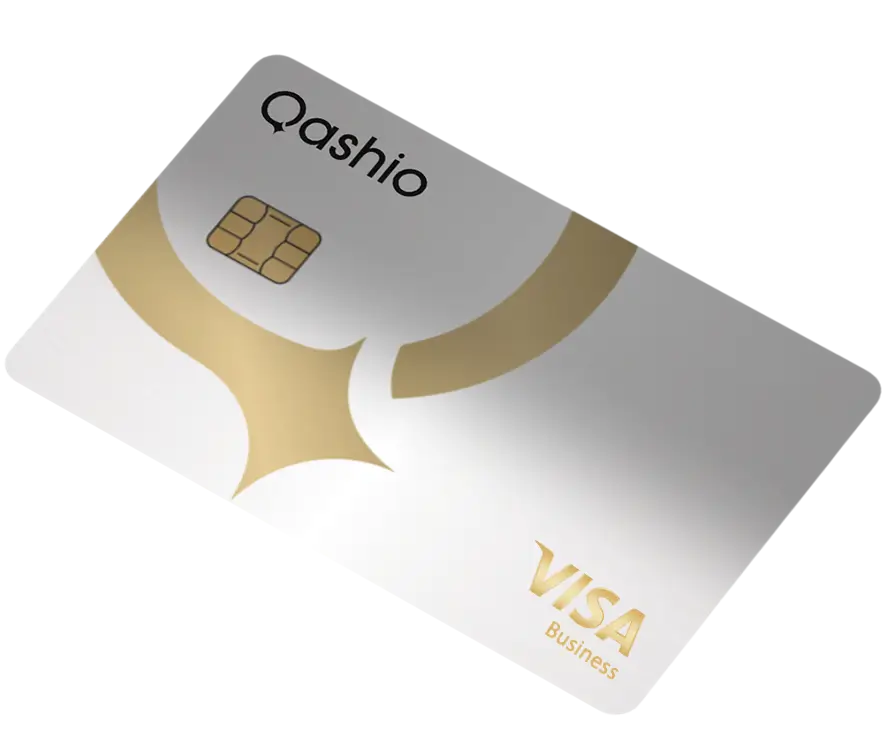Cybersecurity may be one of the most hotly debated issues in business today. As both consumers and companies are rapidly experiencing a shift to a digital world, perhaps especially notable is the move to digital payments and currency. In 2020 40% of adults who made an online transaction using a card, did so for the first time.
Using cards to make transactions online is the go-to option for most people today. As of 2021, 76% of adults around the world has an account with a bank, financial institution, or with a mobile money provider and two-thirds of adults globally are now making or receiving a digital payment. It is convenient, fast and it is safer than cash, for the most part. With this massive increase in online activity, naturally cyber criminals become more prevalent.
The glaring issue at hand is credit card theft and credit card fraud. In the United States, according to the FTC, there were 4.7 million fraud reports recorded in the U.S in 2020. The recorded fraud losses for consumers increased nearly 100% from 2019 to 2020 from $1.8 billion to $3.3 billion and companies are forecasted to lose around $75 billion to e-commerce fraud between 2019-2023.
Cyber safety is a massive issue, and it can be difficult to know how to avoid the cyber criminal minefield while transacting online. Luckily, there are several ways that you can protect yourself. Here are a few helpful tips that you can utilize in order to avoid fraud when transacting online:
- Ensure Secure Connection
Make sure that the website that you are connecting to is secure. There is a simple way to find out by looking in the browser URL Field, if you say a “lock” symbol and the address starts with “https” and not “http”. This is not a fail safe, as criminals can obtain the security certificates, it does however prevent and discourage opportunistic scams.
- Take Time to Verify Who You Are Transacting With
When you are making transactions online, take the time to identify and ensure that the site is reputable. If the website you are looking to transact with looks unprofessional and poorly designed, think twice before making a purchase or look elsewhere.
- Don’t Transact in Public
When you are making a transaction, ensure that you are on a private connection, and be cautious of handling information on a public Wi-Fi. Criminals will often prowl to intercept these connections, leaving your financial and personal information vulnerable.
- Stay Up-to-Date with the Latest Software
Security softwares are mainly used on desktops, if you are regularly using your phone to transact, consider investing in a reputable antivirus software or an internet security solution to protect all devices. In the same regard, keep your software updated. Developers will often quickly plug security leaks in their programs, if you have an update pending, take the time to download it before continuing with the transaction.
- Stay Up-to-Date with your Bank Statement
In the event of a breach, it is crucial to report quickly. Many banks have strengthened their card protections for their customers and will sometimes disregard their own rules to not hold users liable for any fraudulent purchases. This is especially true if consumers report the unauthorized transactions as soon as possible.
- Protect your PIN number
As with a password, your PIN number should only be known to you. Do not disclose your pin number to anyone who asks. Banks regularly mention that they will never ask for your passwords or PIN cards and it is a telltale sign of a scam in action. In the same regard, keep your account number private and be sure to only share it when you are the one initiating the conversation.
- Additional Safety Layers
Using a pre-paid card will give an extra level of security that can be used as a safeguard against your main balance on your account as you can limit the card balance. There are third-party solutions such as Apple Pay and Google Pay that can be used to further add protection, however, not all merchants will accept these solutions.
- What to do in The Worst Case Scenario
Should the situation occur where your card is compromised, do not panic. Make sure to lock your card as soon as possible and call your provider. Speed is of the essence in card theft situations and the sooner your card is locked the better, your provider will also be trained to assist you in the exact scenario. Review your transaction history to note all transactions that appear suspicious or that you did not make. Also make sure to change your passwords, even if your login information is not compromised, it is good practice and it won’t hurt.
Cybersecurity is never 100% safe but these tips will help you prevent theft and fraud. It is important to stay up-to-date with the newest safety measures to make sure that you are as protected as possible.
Using Qashio’s physical and virtual cards you can proactively prevent theft and fraud with custom controls such as limiting to specific categories or even specific vendors. You can also suspend or block your card with the click of a button. In addition to card security, you will gain full visibility on your expenses, a powerful control panel, accounting integration, cards on demand and more.
Click here to hear from one of our specialists to ensure card safety today!

